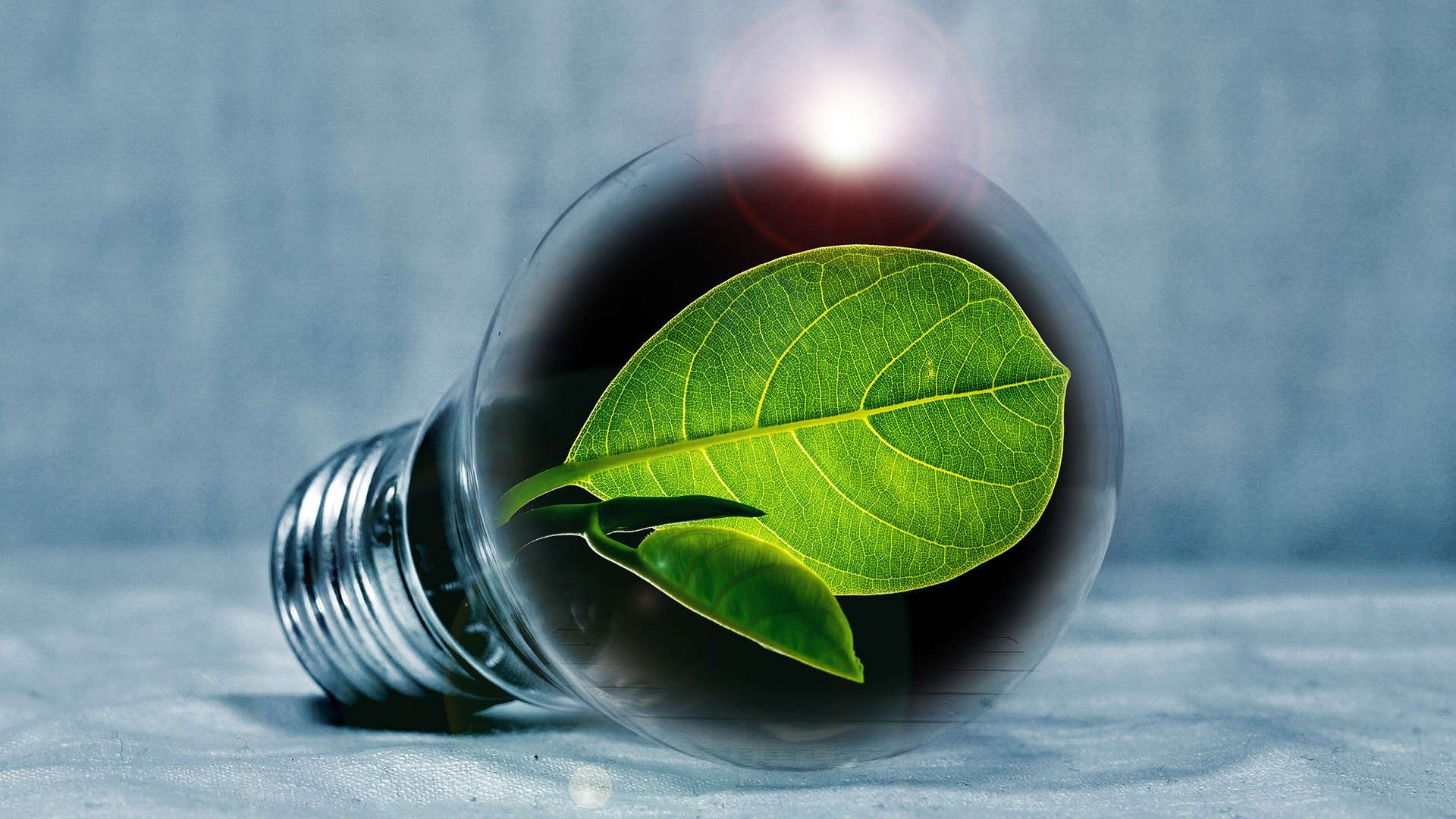The technology, development and production of LED lamps has made it an affordable and cost-effective alternative to conventional incandescent lamps. Compact fluorescent lamps have won the hearts of many homeowners with their energy efficiency. It has now become really easy to look for the best color lighting with Ligman Lighting.

Image Source: Google
This is the spiral light bulb that can be seen in many homes today. While these new compact fluorescent lamps offer many advantages, LED lamps far outperform incandescent and compact fluorescent lamps in many categories.
What about the environmental impact of each type of lighting? With an average use of 30 light bulbs, the bulb emits 4,500 pounds of carbon dioxide emissions each year. CFL lighting delivers well under 1,051 pounds per year. LEDs only deliver 451 pounds a year. This is because LED lamps do not heat up like incandescent and CFL lamps.
Heat creates energy that emits carbon dioxide, sulfur oxides, and nuclear waste into the atmosphere. In addition, LED lamps and incandescent lamps do not contain mercury or other toxic substances. CFL lamps contain mercury which is highly toxic to your health and the environment.
Another important factor affecting some types of light bulbs is their sensitivity to temperature and humidity. Compact fluorescents and incandescent bulbs are sensitive to extreme heat, extreme cold and extreme humidity at the same time. The LED is not sensitive to any of these conditions.
Another potential issue is turning on/off certain light illuminance cycles. A light bulb can show some signs of reduced life expectancy when quickly switched on and off, for example in a closet. CFL lamp life is significantly reduced with such an on/off cycle. The LED light is not affected by this cycle at all.
